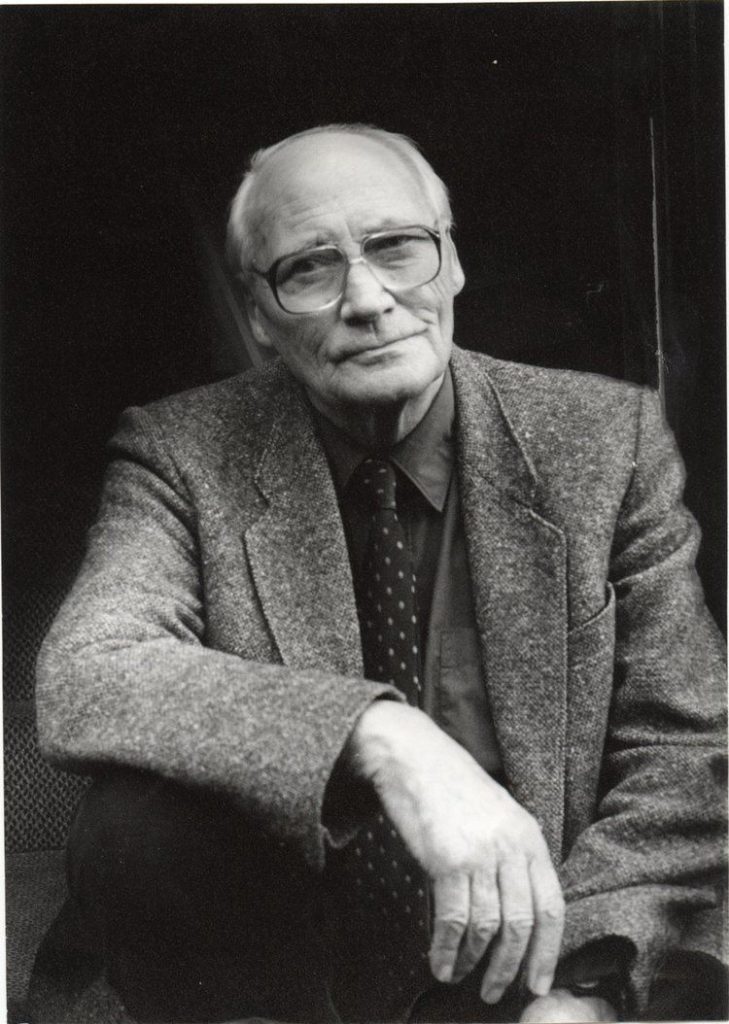
Theme: Childhood memory
Type: Narrative free verse with rhyming couplets
Background
- Written by Vernon Scannell
- About childhood from the perspective of an adult
- The poem takes us inside the child’s head by use of sensory language
- Short sentences are used – to recreate the suspense and sensory experience of hiding and seek
- The plot records the thoughts going through the child’s mind it is called a stream of consciousness writing
Language
- A straightforward narrative poem about an incident in a child’s life
- He is waiting to be found but remains undiscovered and the seekers have vanished – leaving a sense of mild threat
- Direct language and short sentences at the beginning of the poem take us straight into the excitement
- Punctuation is used to create suspense and tension – short sentence convey tension
- Oxymoron “salty dark” – dark can’t be salty – creates a strong sensory setting
- Onomatopoeia – “Stumbles”, “mutters” and “scuffle” – is used to convey the sense of the seekers bumbling around
- Alliteration – “Don’t breath. Don’t move” – conveys the sense of excitement
- The personification of the cold – “the cold bites through your coat”
- Contrast – the pleasant smell like the seaside turns to the damp dark – same imagery
- Echo – child holds his breath and at the end bushes hold their breath
Form
- Rhyming couplets are used in the poem giving us a sense of structure but the rhyming scheme isn’t too dominant
- Allows him to present the stream of consciousness more convincingly

Thanks for this analysis